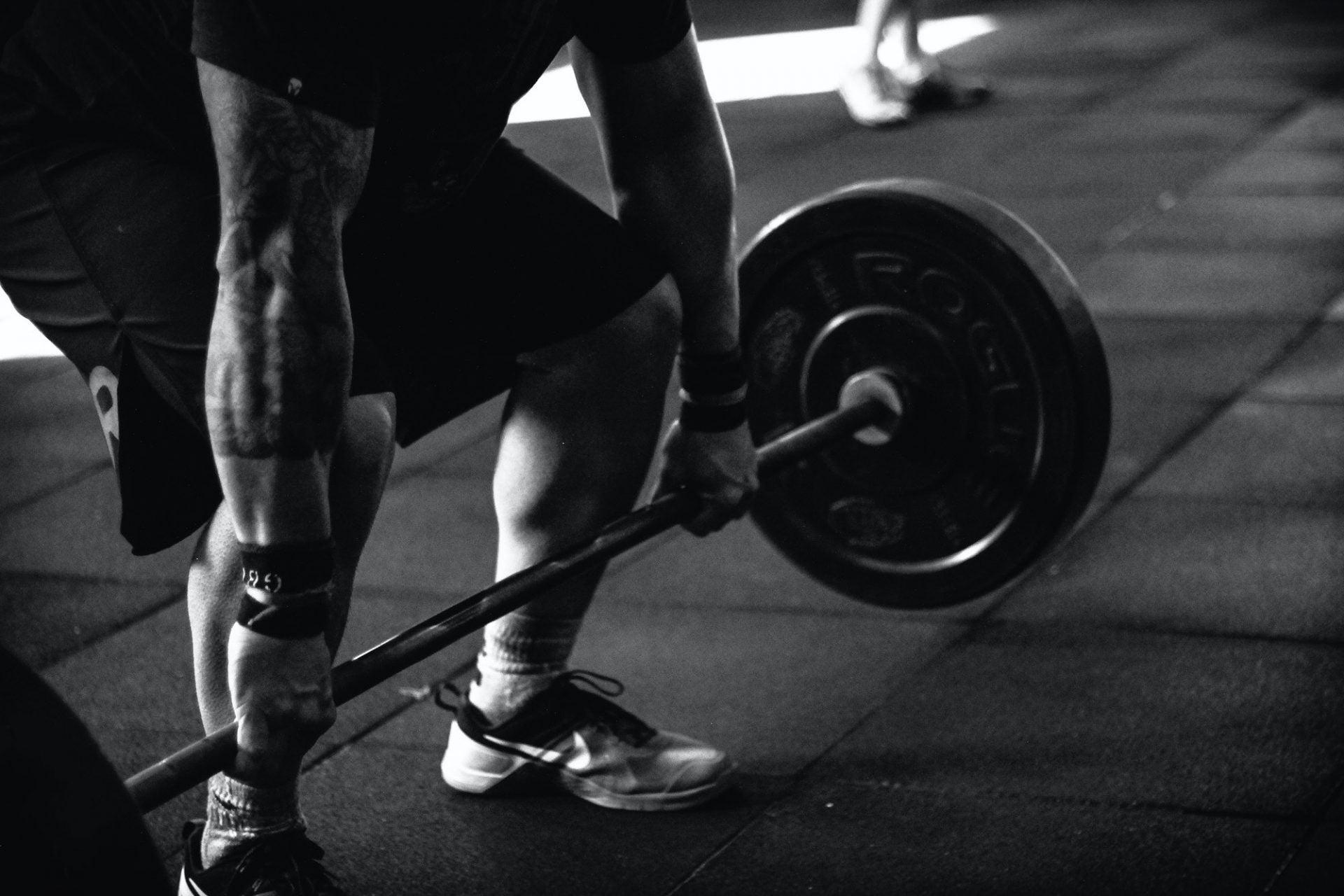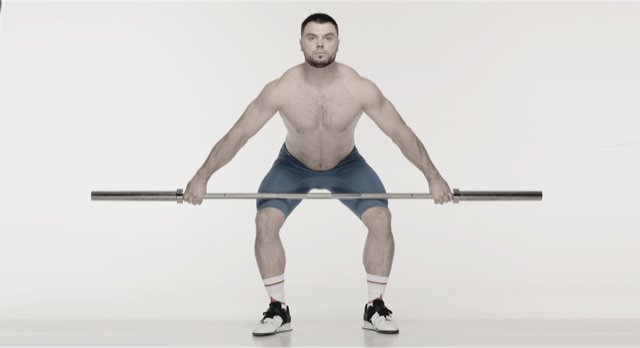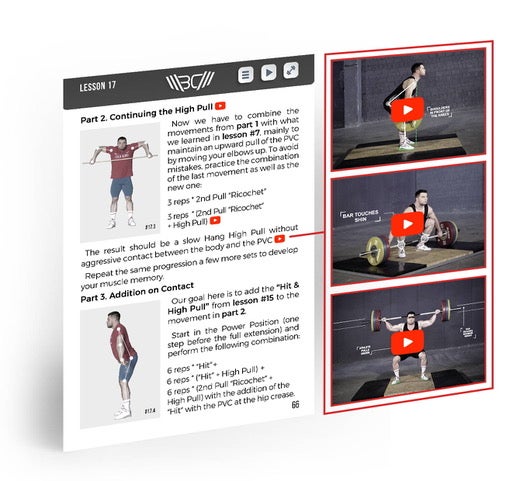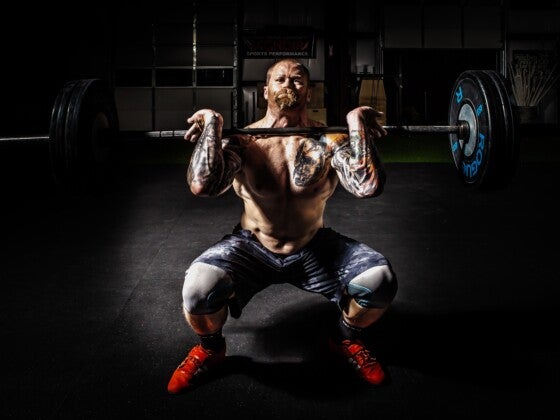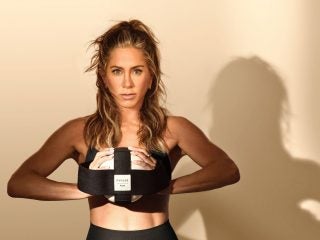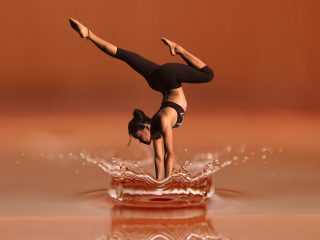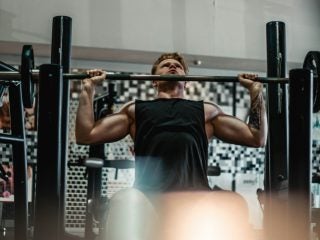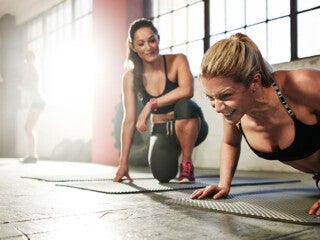Strength training has been an absolute trend in the fitness world for many years. Not only do people want to be in good health, but they also want to look good. Some people want to lose weight, others want to “gain” muscle.
Historically, Olympic weightlifting is the ancestor of modern strength and fitness training. But throughout modern history of weightlifting in society there are a lot of stereotypes that blocked its popularization among the public. In particular, these are stereotypes about the low growth of those involved. Or negative effects on posture and joints. Another stereotype is that only strong people with “big bellies” can do strength exercises. Also, even at the state level, there were bans on weightlifting for women, young people, and children. It all came down to the so-called popularization of weightlifting among the military and “people from the countryside.” Of course, over time, all these myths and stereotypes were completely scientifically and practically challenged.
Over the past 10 years, thanks to the development and promotion of CrossFit in the world, the fitness industry has focused on the benefits and advantages of weightlifting.
Weightlifting has recently become a trend due to the fact that it provides:
- comprehensive development of various physical qualities, such as strength, flexibility, endurance, coordination, agility and others;
- development of functional capabilities of the cardiovascular and respiratory systems of the body;
- strengthening the musculoskeletal system of the whole body;
In today’s world, solving these problems is almost the first place for a healthy life, which will also undoubtedly affect the emotional and mental state.
So who can do weightlifting?
The answer is simple – almost all.
Before you start training, you should go through several important stages:
- check your health;
- find a gym and a coach;
We can say that this will be a good guarantee of achieving the desired results. Before starting weightlifting, it would be advisable to undergo a medical examination. Medical examination is especially important for children and young people, whose body is constantly growing and forming.
It’s not a secret that you need a coach and a barbell to start training.
Therefore, it is necessary to be responsible in choosing your coach. To do this, you should consider some important criteria. The coach must have the appropriate education, experience and motivation. The personal qualities of the coach, the desire to learn continuously and his philosophy in life are very important and work. He must be a leader whom the athlete will fully trust.
Before starting weightlifting, you need to determine the goals and the desired result:
- to achieve the highest sports results at the international competitions;
- to develop power capabilities and strength;
- to study and improve the technique of exercises to use it for training in other sports;
Of course, this is what the coach will help you with. Be prepared that the training will begin not with heavy strength exercises, but with basic tests of flexibility and coordination. They are needed to assess your initial abilities and build an initial training program.
The most well-known and simple initial test in weightlifting is overhead squat and the long jumps, which most beginners cannot perform correctly at all. And the strength is not at all: there is usually a lack of basic coordination and flexibility.
There are cases when an athlete has a desire to start weightlifting, but it is impossible to find a coach. Then online training can be useful, as well as self-training with training courses for, learning the Olympic weightlifting technique. Here is a good example of snatch weightlifting masterclass for athletes and coaches. Broken down into simple step by step lessons, which provide lifters with tips, drills and advice that has been tested and proven to work.
At the beginning of training, the coach’s “weightlifting vocabulary” may not seem completely clear. But don’t worry, you will master it very quickly.
The whole training process will consist of certain stages (week, month or year), during which you will be able to achieve short-term and long-term tasks and goals: learning exercises and their parts, development of strength, flexibility and other physical qualities.
All weightlifting exercises are divided into four groups: general, special, auxiliary and competitive.
The general exercises include the comprehensive development of weightlifters. At the beginning of training they are given a key role.
Special exercises contain individual parts, elements of snatch, clean and jerk, close to them in shape, structure and nature of the muscular system. These exercises are mostly new to the beginner and will require detailed learning and mastery.
Auxiliary exercises are aimed at creating a special foundation. With their help, a beginner will be able to develop all the physical qualities and strengthen their health in an integral way.
Competitive weightlifting exercises are snatch, clean and jerk.
In fact, these groups of exercises contain more than a hundred different exercises, so you definitely won’t be bored with monotony.




